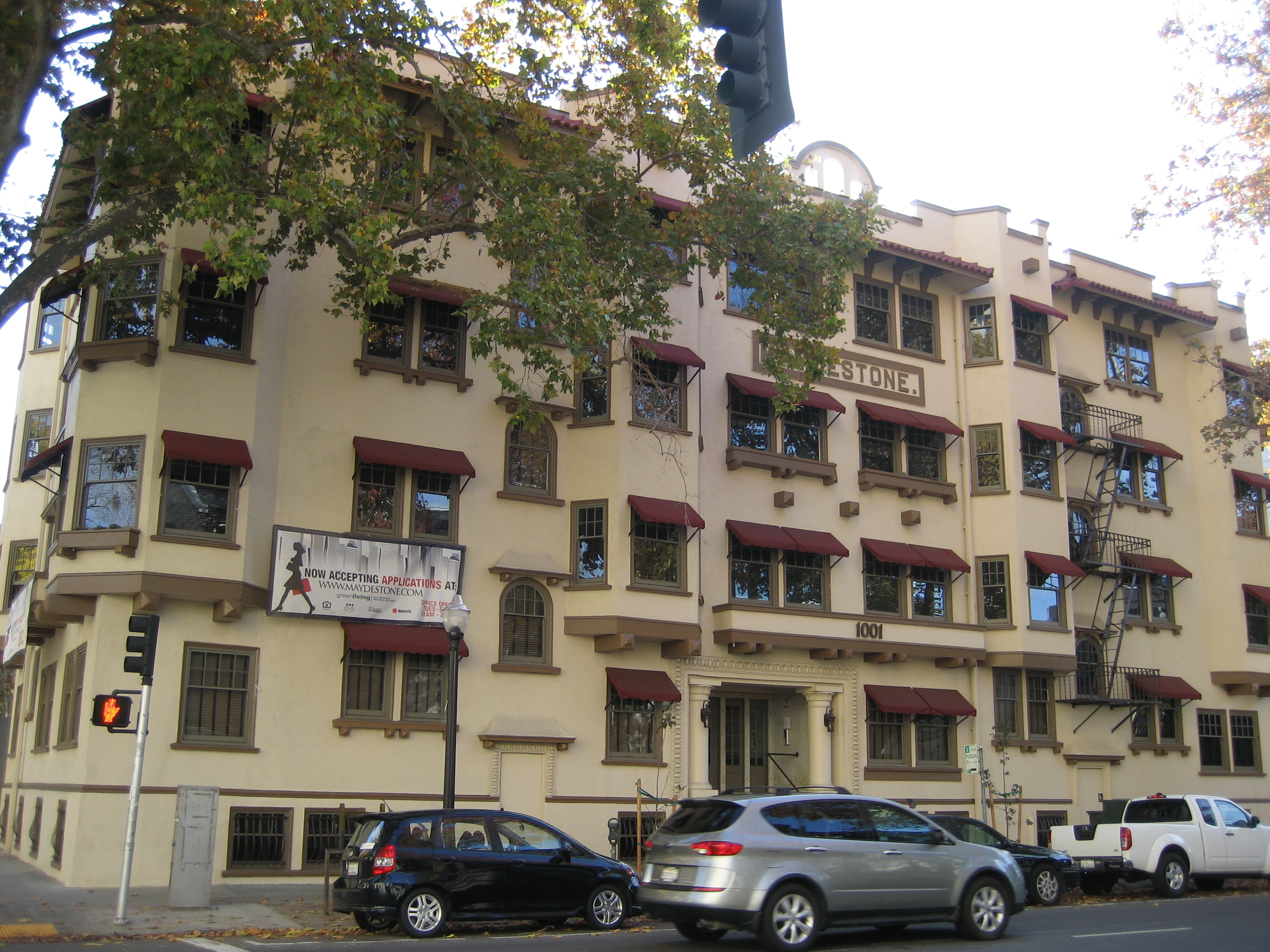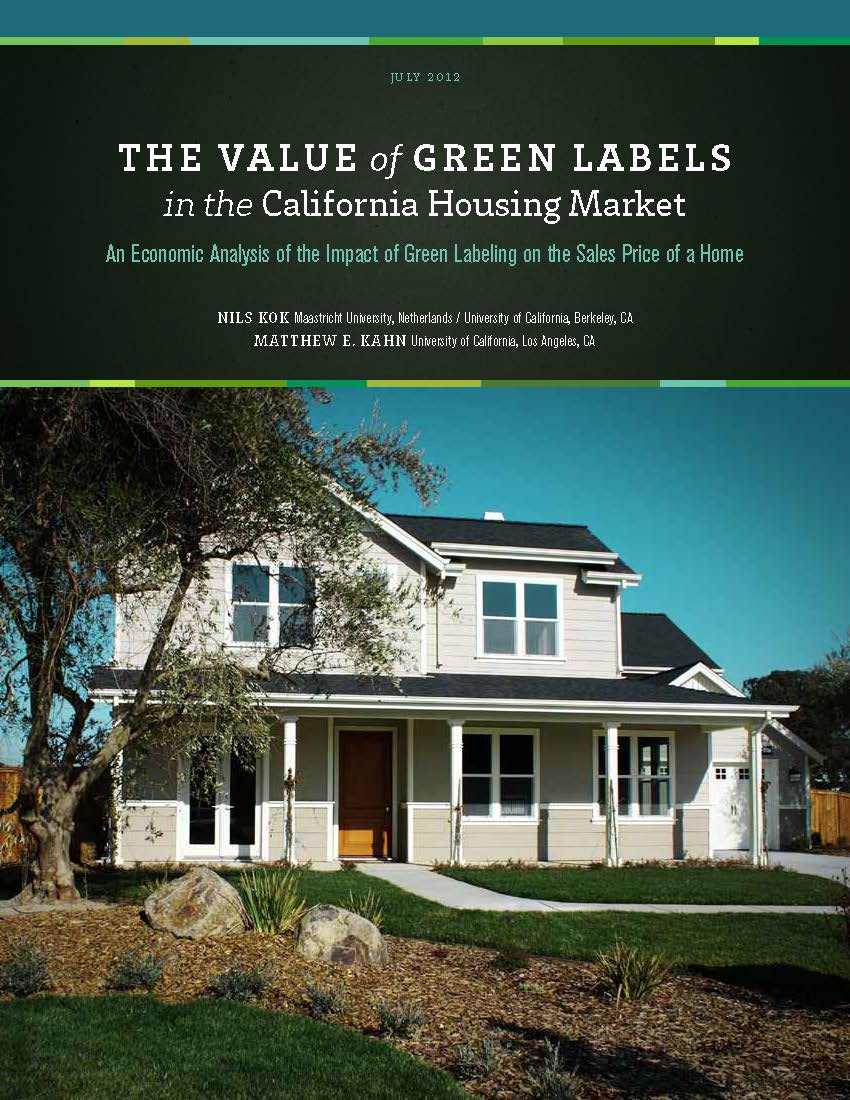Sustainability

The definition of sustainability from the U.N. World Commission on Environment and Development's 1987 report, "Our Common Future" is "meeting the needs of the present without compromising the ability of future generations to meet their own needs." The intersection of sustainable design and historic preservation meets this definition.
 Building "recycling" is most efficient at conserving energy and resources. Older and historic buildings comprise more than half of the existing buildings in the United States. Retention and adaptive reuse of these buildings preserves materials and embodied energy already expended in procurement and construction. The Preservation Green Lab of the National Trust for Historic Preservation conducted case studies of seven different building types in four different climates to compare the environmental impact of renovation over new construction. In almost every category and building type, the environmental impacts of renovation were less than new construction, confirming the value of building renovation over new construction on the environment. Download the complete report: The Greenest Building Report.
Building "recycling" is most efficient at conserving energy and resources. Older and historic buildings comprise more than half of the existing buildings in the United States. Retention and adaptive reuse of these buildings preserves materials and embodied energy already expended in procurement and construction. The Preservation Green Lab of the National Trust for Historic Preservation conducted case studies of seven different building types in four different climates to compare the environmental impact of renovation over new construction. In almost every category and building type, the environmental impacts of renovation were less than new construction, confirming the value of building renovation over new construction on the environment. Download the complete report: The Greenest Building Report.
OHP promotes energy and resource conservation in historic buildings. This can be accomplished without compromising the qualities that define their intrinsic historic character.
Download a copy of the OHP Sustainable Preservation brochure.
Energy Efficiency Standards and Historic Preservation
The California Historical Building Code, Section 8-901.5, exempts "Qualified Historical Buildings" from California Energy Efficiency Standards, with limited exceptions.
While exemption from energy efficiency standards are meant to protect historic buildings from alterations meeting prescriptive or performance energy standards that may reduce their historic integrity, there are many ways to achieve increased energy efficiency and retain historic character.
Many California historic buildings have utilized voluntary energy efficiency programs or incorporated efficient designs and products to become more energy efficient, as the success stories below show.
California Energy Efficient Rehabilitation Success Stories
Public Health Service Hospital, San Francisco The Maydestone, Sacramento Pier 15/Exploratorium, San Francisco Santa Fe Coastlines Hospital, Los Angeles
Energy Efficiency Retrofits and Historic Buildings
There has been concern among historic preservation commissions as to how or whether to approach the review of design of solar installations in historic districts or on historic resources. The statutes of the Solar Rights Act do not allow the denial of solar panel permits. However, jurisdictions are encouraged to review the installation details of all proposed rooftop additions to confirm that proposed installations are consistent with Standards 9 and 10 that the historic integrity of the property is retained and that any additions, if removed in the future, do not impair the integrity of the property.
Voluntary Green Rating Systems
There are many reasons to energy upgrade a historic building or home. Lower energy costs, better comfort, and benefit to the environment are three. Reasons to upgrade using a rating system is independent third party verification and quantification of the efficiency improvement, which may qualify for incentives, or translate to improved market value. A 2012 Report from UC Berkeley and UCLA found that homes rated for energy efficiency sold on average 9% more than a comparable home that was not energy rated. Click on the image to download the report.
There are many voluntary green ratings programs available. One of the better known green performance certification programs is LEED (Leadership in Energy and Environmental Design) which is managed by the U.S. Green Building Council. Others include Greenpoint Rated for Existing Buildings, a local California program from Build It Green, and the Home Energy Rating System (HERS) from the California Energy Commission, among others.
Guidelines For Green and Historic Rehabilitations
There are a number of publications, articles and organizations providing guidance for the appropriate incorporation of current sustainable features and the rediscovery and repair of existing passive features for historic rehabilitation projects. Several of these guidelines are collected and made available on the Sustainability Guidelines and Publications web page.
National Park Service Technical Preservation Services have been promoting energy conservation means and methods since the initial concern about energy efficiency in the 1970s. They maintain a sustainability web page with definitive guidance to incorporate sustainable design with historic resources, and a weatherization web page with information to upgrade homes.
The National Trust for Historic Preservation has equally promoted the inherent energy and material conservation features of rehabbing historic buildings through its publications from the Preservation Press. Their Preservation Green Lab is tasked with connecting historic preservation and building reuse to the need for energy efficienct buildings, and using this research to advocate for preservation and reuse to be included in sustainability and resiliency planning. The Preservation Green Lab web site explains all of their current and completed research.
The National Trust additionally updates their Sustainability web page with the latest developments in sustainable preservation.
Other organizations have published guidelines on sustainable preservation which are provided on the web page.
Windows and Energy Conservation: Studies + Research
Repair or replacement of original windows is always one of the hottest topics in preservation. There are reasons to replace windows that are too deteriorated to be technically feasible to repair, but energy conservation is not a reason in and of itself to replace an original window. WINDOW REPAIR & RETROFIT: Studies + Research features several well-documented studies that demonstrate repair as a viable and preferable sustainable choice. These collected studies demonstrate that original windows can be retrofitted to meet performance requirements to current building codes and more.
Sustainability Planning Assistance
Savings By Design
Administered by consortium of California electric utilities under the auspices of the California Energy Commission, Savings By Design encourages high-performance, non-residential building design and construction working in collaboration with building owners and their design teams.
- Owner Incentives
- Help offset the costs of energy efficient buildings
- Design Team Incentives
- Reward designers who meet ambitious energy efficiency targets
- Design Assistance
- Supports integration of innovative design technologies into new construction projects
- Energy Design Resources
- Offers analysis tools, training, and in-depth information on efficient technologies and strategies
Savings By Design participants can save money by reducing operating costs, increase comfort, health, and productivity for building occupants, and conserve natural resources. It’s time. Contact your utility early in the design process to learn about program options and check funding availability.
Savings By Design Policy and Procedures Handbook
Send OHP Examples
OHP is seeking examples of California green preservation rehabilitations, both LEED certified and non-LEED certified, sustainable local ordinances that incorporated historic building considerations, and stories of green and preservation experiences. Questions and/or examples can be forwarded to Mark Huck, AIA, LEED AP.





